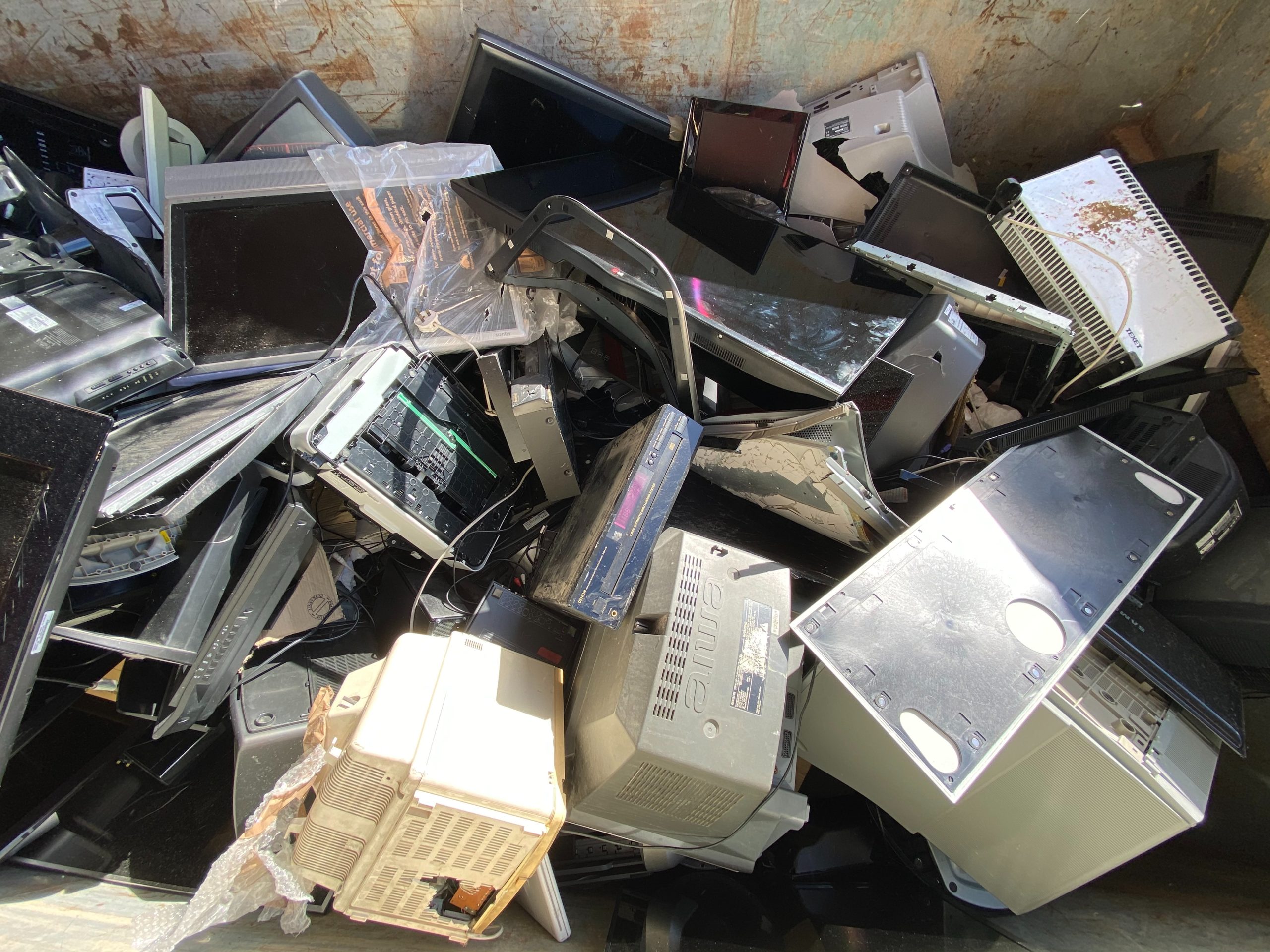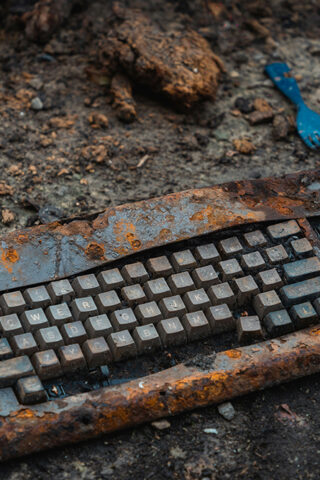TechHQ.com, James Tyrrell, July 26, 2023
Firing laser beams at waste can boost tech recycling by rapidly and accurately identifying materials that defy other optical sorting methods.
Ideally, it’s best to reuse, repurpose, or re-engineer devices to save on the burden of manufacturing – the biggest contribution to IT’s carbon footprint. And tech recycling is the final slingshot that puts valuable materials back into the circular electronics economy.
In principle, rather than starting from scratch, it should be much easier and less energy-intensive to utilize the constituents of waste electronics as feedstock for brand new devices. But that’s only cost-effective if materials types can be readily identified to enable efficient sorting.
Tech recycling wish-list
And for tech recycling, that means coming up with a fast and automatic method capable of accurately classifying materials into top-level bins such as glass, paper, plastic, wood, textiles, and metal. Plus, the solution needs to dive deeper and be able to subclassify those materials into their specific types – for example, by identifying plastics as polyvinylchloride, polyoxymethylene, acrylonitrile-butadiene-styrene, polyamide, polyethylene, and polytetrafluoroethylene.
Even in modern facilities, many steps supporting the circular electronics economy remain manual tasks. And fundamentally, that’s down to the design of popular gadgets such as mobiles and laptops. There are some exceptions – one example is Fairphone’s range of smartphones, which has consistently scored highly for repairability thanks to a modular design philosophy.
The European Commission is certainly making its position clear to appliance firms with its Ecodesign Directive, which builds a regulative framework for more environmentally sustainable and circular products. US lawmakers are also calling for manufacturers to produce hardware that’s easier to repair and disassemble. And while that may help in the future, goods entering tech recycling facilities today often need to be puzzled over by dexterous workers to salvage parts.
But it’s an activity that’s worthwhile, both for the planet and financially. For example, even if a laptop can’t be reused intact, parts harvesting can yield a workable screen, memory, keyboard, and other components. And if you are shopping for parts, sites like Ebay can be a goldmine for reclaimed tech put on sale by IT asset disposition (ITAD) providers.
To access the full article, click here.








